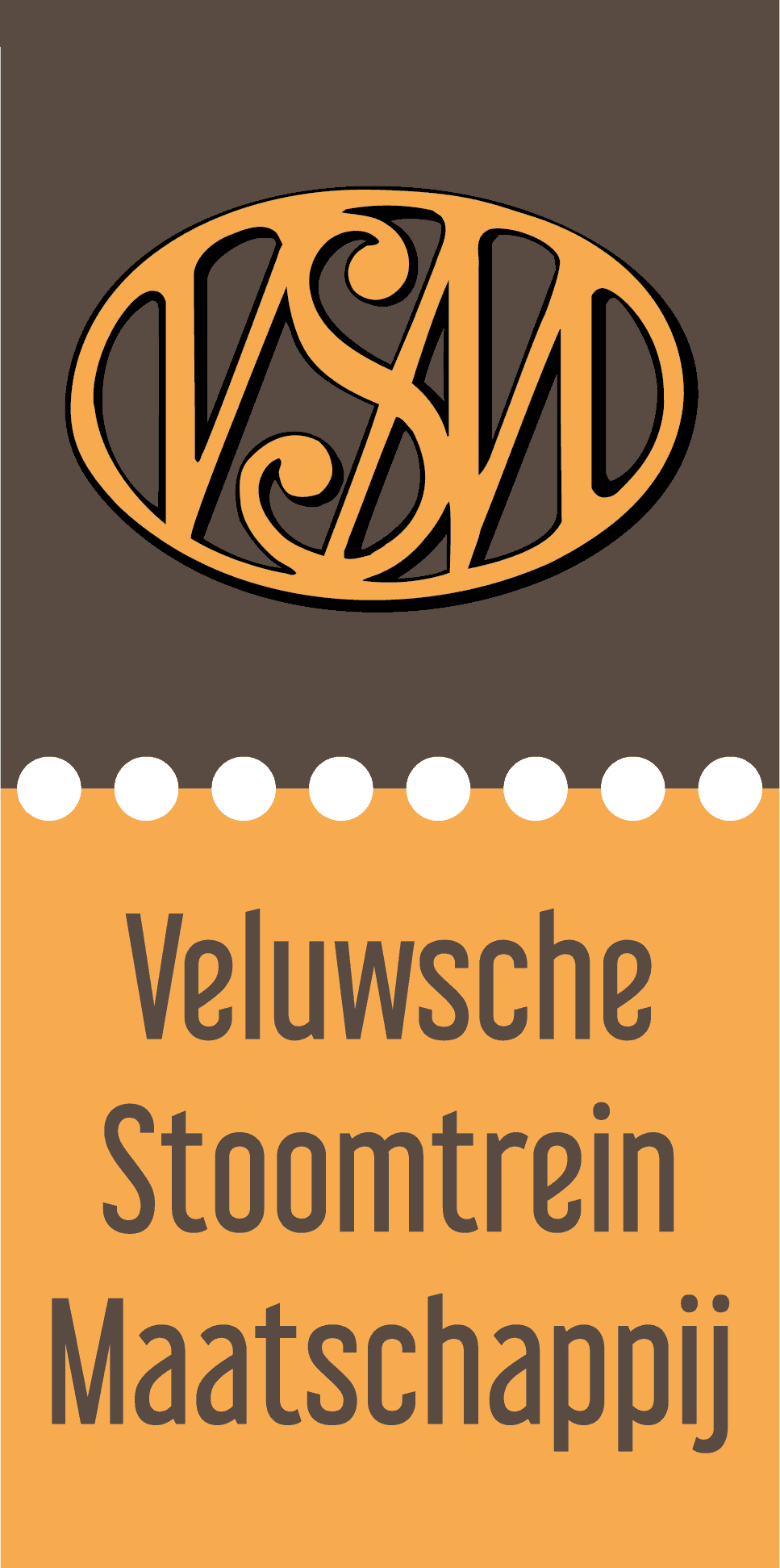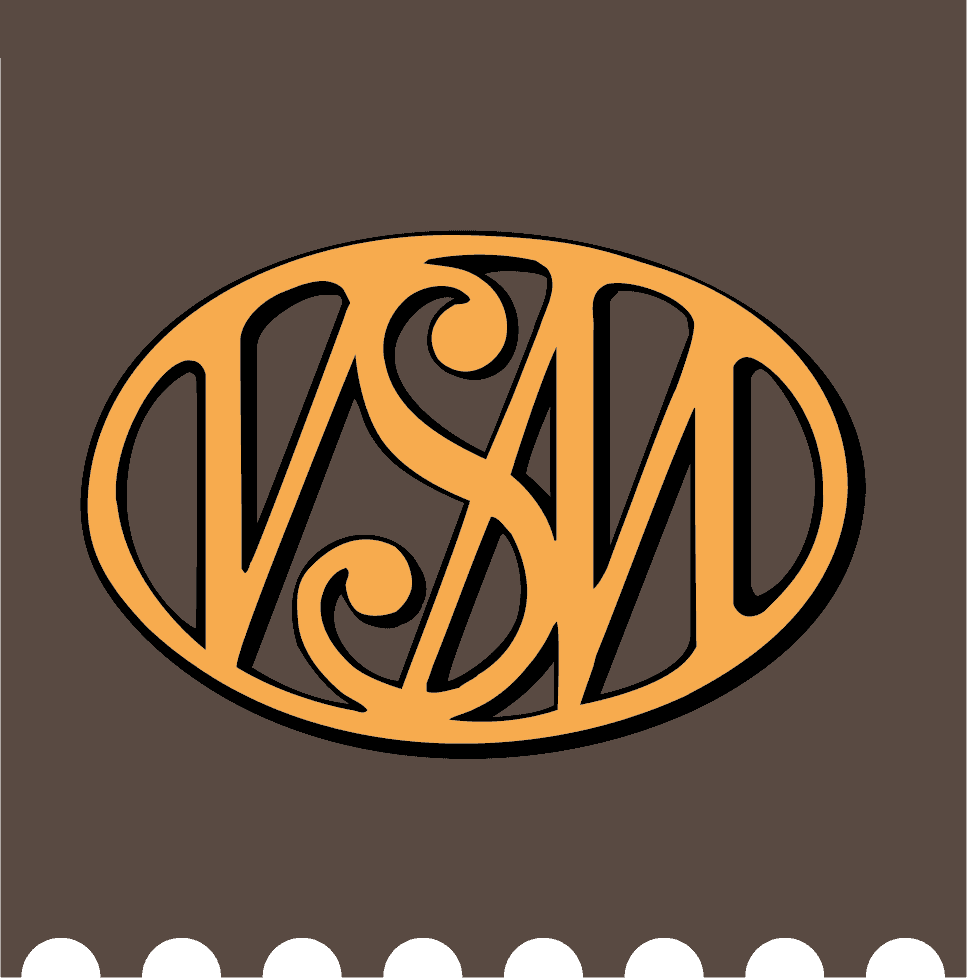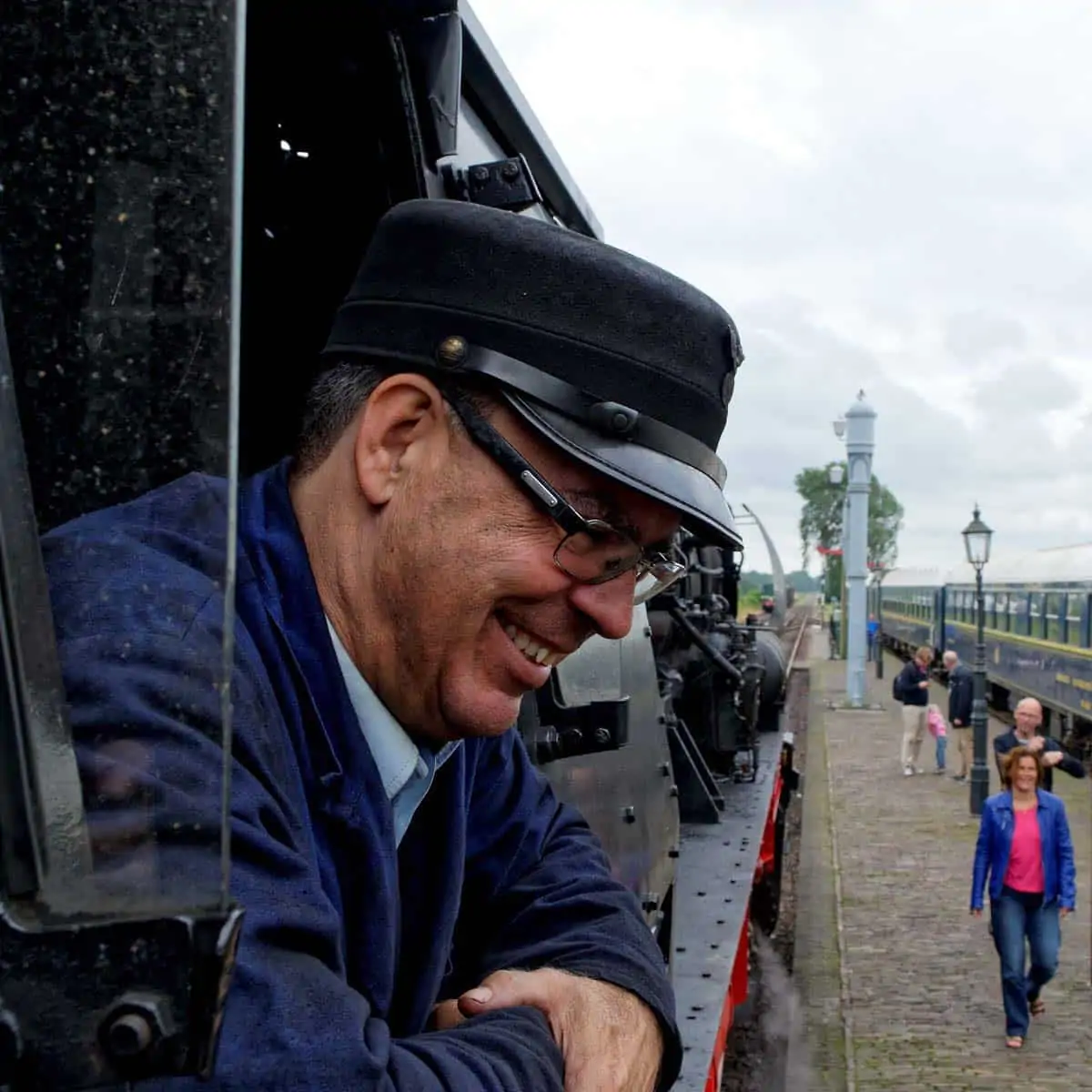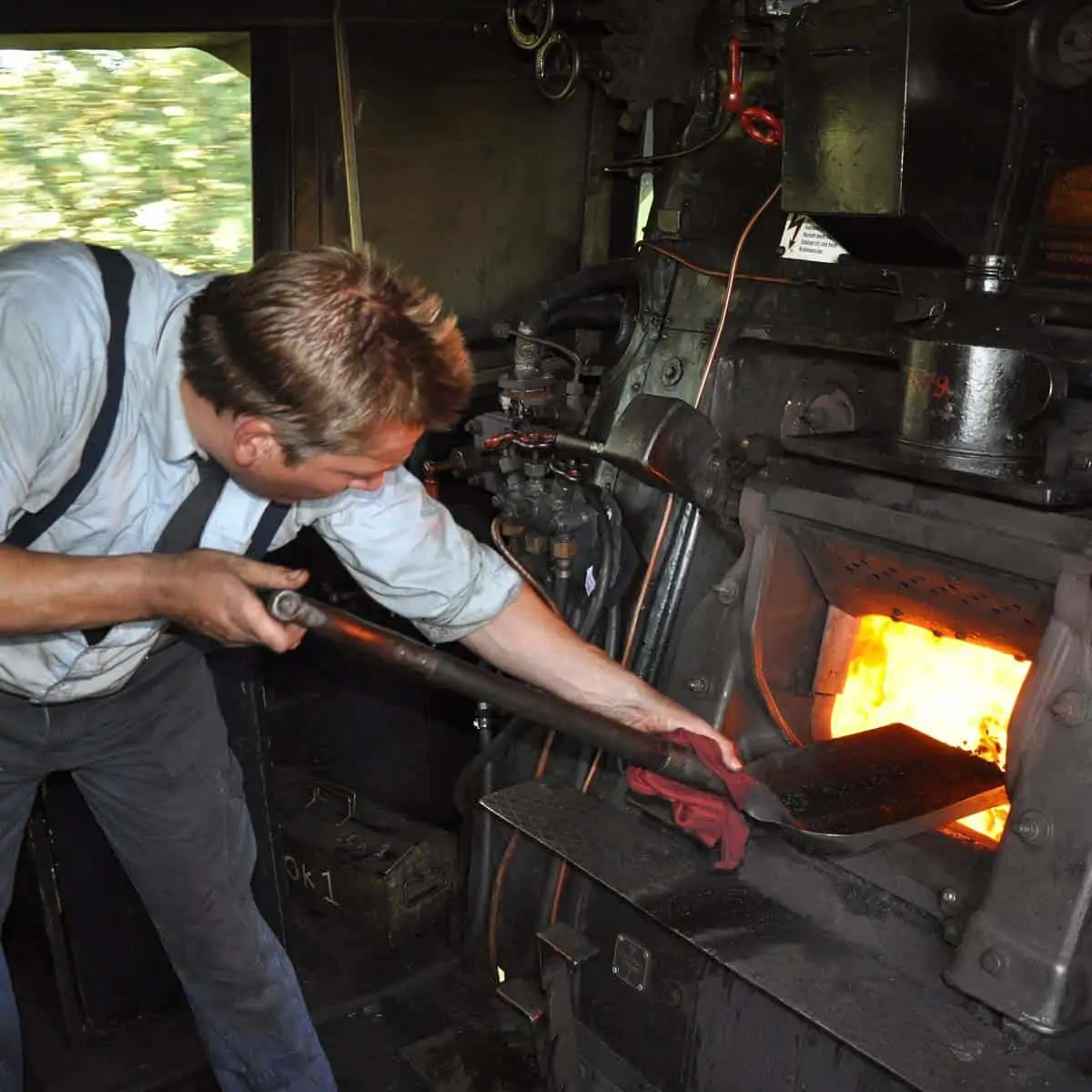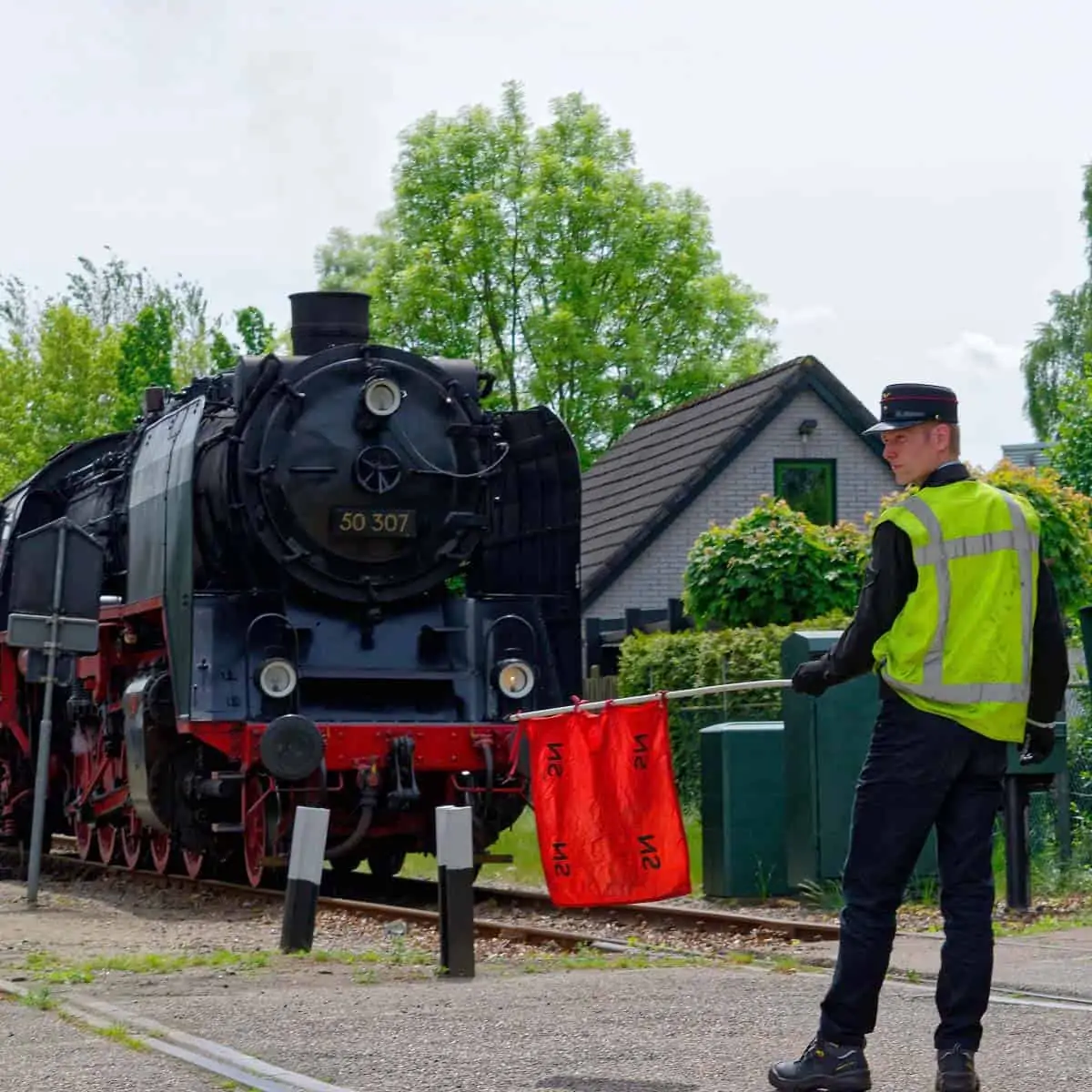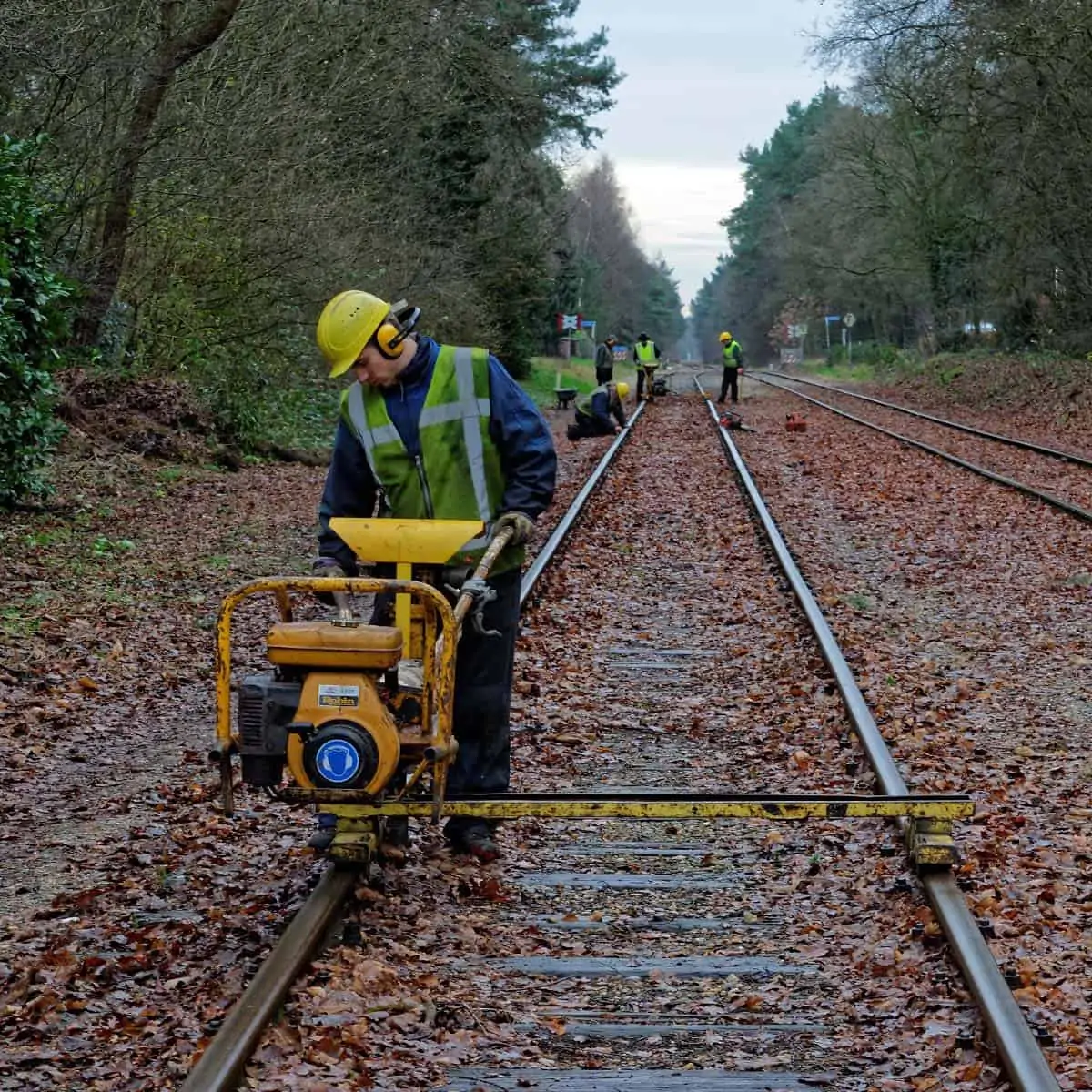
Working at the VSM
At the VSM many volunteers are active in various positions. Varying from positions in the train service, or in one of the VSM workshops to administrative positions, all work at the VSM is done by volunteers.
Via the tabs below you can find more information about the different activities that are carried out at the VSM in the train service, for all maintenance and work behind the scenes.
If you also want to contribute to the maintenance of everything the VSM does, take a quick look at the next page.
Train service
All our steam and diesel locomotives are operated by professionally trained drivers. The driver is the person who is in control of the locomotive. On a steam locomotive, he and the fireman ensure that the locomotive is completely checked and that all moving parts are lubricated, so that the locomotive can start running!
Before departure, the driver takes the big brake test together with the guard, checking whether all brakes are functioning properly. During the journey, the driver is responsible for the safety the train. At level crossings, road traffic must be warned that the train is on the way, this is done by whistling or by bringing the train to a stop in front of the level crossing so that the guard can warn road traffic with the red flag or by operating the barriers.
After the shift, the driver together with the fireman ensures that the locomotive is stored away for the night safely and that the locomotive is ready for the next crew again the next day.
The fireman often starts firing up the locomotive the day before the ride. This is to let the boiler heat up slowly so that unnecessary material tensions can be prevented. As soon as the boiler starts to build up pressure, the heating is ended.
The next day, the fireman arrives early in the morning to continue firing the locomotive. The entire locomotive is now checked, lubricated and polished together with the driver. During the shift, the fireman ensures that the locomotive remains sufficiently energised to be able to run and that the water level in the boiler remains sufficient. During a regular summer day, the fireman easily shovels 1.5 tons of coal!
After the shift, the fireman together with the driver ensures that the locomotive gets through the night safely and that the locomotive is ready for duty again the next day.
The guard is responsible for the entire train during the service. Before the start of the shift, the major brake test is taken together with the driver. Every time the locomotive has run round (coupled to the other side of the train) a small braking test must be taken to test the correct operation of the brakes. In addition to checking the brakes, the guard also ensures that all switches are in the correct position so that the train will go in the right direction.
Furthermore, the guard also gives the departure signal to the driver, after he or she has requested permission from the traffic controller. The busy level crossings along the line, which do not operate automatically, are operated by the guard. Often in the old-fashioned way to warn road traffic by means of a red flag, but at the places where barriers have now been placed by pressing a button.
As a conductor on the VSM steam train you are the host/hostess of the train. You are the first point of contact for guests, for example, for questions about the various arrangements for the day in question. But he or she can also answer technical questions about the equipment, such as uses, top speeds or the age of the vehicles.
Together with the guard you are responsible for the safety in and around the train. For example, you assist with the departure of the train by closing all doors and gates and by regularly walking through the train to check that all guests are behaving properly.
The ticket seller helps the conductor by selling the tickets to guests who board at the Museumsteamdepot Beekbergen, at the other stations and on the train, the conductor ensures that everyone is in possession of a ticket. In addition, the conductor punches all tickets in a historical manner using an old pair of nippers.
In addition, the conductor also helps with loading bicycles and people who have difficulty walking. Before the start of the day, the conductor also ensures that the train is ready to leave, for example all toilets are checked, and the doors opened. After the shift, it is also important that the train is cleaned again for the next running day.
The station master operates the manually operated level crossing in Beekbergen. When the driver gives the signal to the station master upon arrival or the chief conductor upon departure, he will close the level crossing. In addition, the station master is the point of contact for travellers in the Museumsteamdepot for questions about the various arrangements and about all the equipment that is set up in Beekbergen.
The station master is located at the station office of the Museumsteamdepot Beekbergen. Here the administration of the day and the payments to the conductors are processed. In addition, the conductor’s bags are prepared for the next day: new and sufficient cards are put in here and the change is put in order.
There is always a restoration in the station building of the Museumdepot Beekbergen and in the trains of the VSM. The catering staff provide hot and/or cold drinks and snacks in the station building and on board the train. They also take care of the souvenir sales on the train.
At the VSM it is also possible to rent trains in combination with catering. This is provided by the VSM itself. A large number of volunteers are committed to making your ride run as desired. You can think of coffee and cake, but also with a luxurious hot and cold buffet.
Workshop/administrative
In Beekbergen and in the workshop in Apeldoorn, the volunteers of the VSM are busy with the maintenance of the VSM equipment. The VSM steam locomotives are maintained according to fixed overhaul schedules. All locomotives are periodically inspected. Ongoing maintenance and minor inspections are done in Beekbergen. Major overhauls are carried out in our workshop in Apeldoorn.
Not only the locomotives need maintenance. The VSM carriages are also maintained according to established maintenance schedules. All carriages are periodically inspected. This also happens in Beekbergen.
Furthermore, carriages are also optically maintained, minor repairs are carried out, but the complete dismantling and assembly of the carriages is also part of their work.
The carriage team is also busy periodically lubricating and checking all moving parts, such as the brakes. All bearings of the carriages are also periodically checked and lubricated. This way, all VSM carriages remain in top condition, so they can also make long trips throughout the Netherlands.
The route Apeldoorn – Dieren is 22 km long. About 18 kilometres of this is owned by the VSM. The VSM is therefore responsible for the maintenance of this railway line.
Not only the continuous pruning work is done in-house. Platform extensions, smaller track renewals and track maintenance are also done by the VSM itself. Welds are periodically checked, as are all sleepers and clamp bolts. For this maintenance, the VSM infrastructure team has two work trucks at its disposal, one of which is equipped with a generator for the power supply.
An electrical team is active at the VSM for all electrical work. They are engaged in the construction of electrical installations. Think of the luxury train, which is equipped with aggregates for cooling and air conditioning. But the power supplies in the workshops and on the grounds of the VSM are also installed/maintained by the electric team.
Maintaining a museum organisation like the VSM is more than just restoring and riding steam locomotives. A lot of legislation is involved when driving rail vehicles. Within the VSM there are various committees that are involved in enforcing and checking the application of this legislation. This includes railway safety, which is very important to the VSM, but also the workshop recognition and training of the riding staff.
In addition, a large organisation such as the VSM must keep proper records. Not only is the financial administration done by VSM volunteers, but the complete kilometre registration of all vehicles is also kept.
There are also many supporting committees active, such as Marketing and Personnel.
